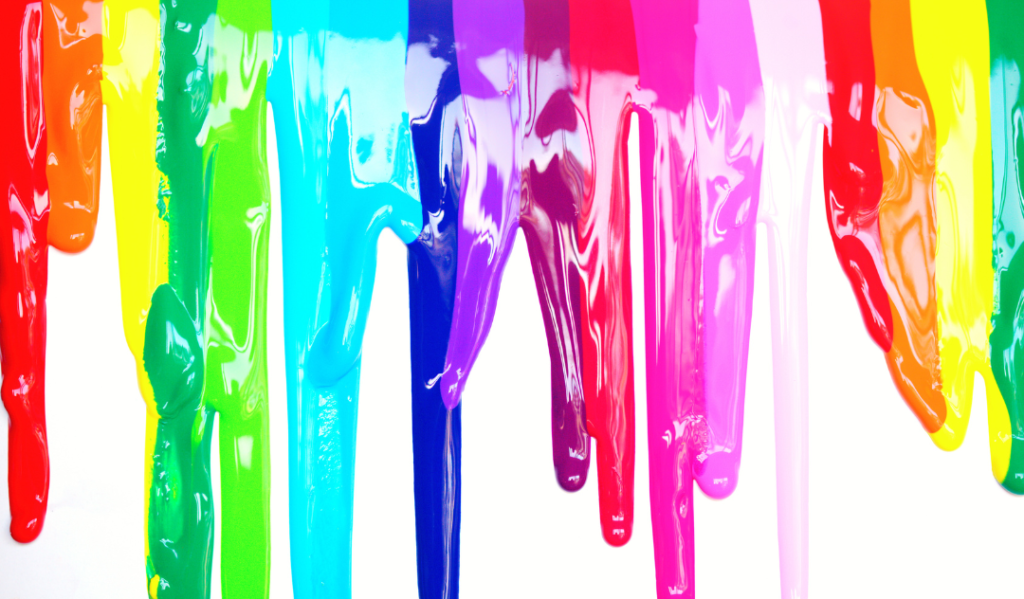Understanding Colour Mixing Techniques for Murals
As a beginner mural artist, mastering colour mixing is essential. Whether you use acrylic water-based paint or aerosol spray paints, knowing how to mix colours will help you create vibrant murals. Let’s dive into colour theory and practical techniques.
Colour Theory with Spray Paints
You’ve likely heard of the colour wheel. It shows how colours relate to each other. The colour wheel helps you create harmonious schemes. It includes primary colours (red, blue, yellow), secondary colours (green, orange, purple), and tertiary colours (mixes of primary and secondary).
Using Aerosol Spray Paints
For realistic images, lacquer-based aerosol spray paints are excellent. These are often called graffiti spray cans. They are perfect for wall murals, including airbrushing. The colour wheel still applies. Spray cans come in many shades, making mixing easy. Just choose the right tones and start painting.
Practical Tip:
- Create a mural using complementary colours from the colour wheel.
- Use spray paints to blend shades and see how they interact.
Colour Mixing with Acrylics
In mural advertising, you often need exact colours for logos and brand identities. For instance, MTN’s yellow must be matched perfectly. To mix colours right, ask for colour Pantones. CMYK values are not suitable for paint mixing, so request RGB values. Alternatively, get a proof print from a large-format printer. This will give you true colour values to match.
Matching Corporate Colours
To match corporate colours:
- Identify the exact colour needed.
- Get the RGB values or a proof print.
- Mix your acrylic paints to match.
Practical Tip:
- Choose a brand with a specific colour.
- Request the RGB values and mix your paints.
- Paint a small section and compare for accuracy.
Applying Colour Mixing Techniques
Here’s how to mix colours effectively:
- Identify the Colour:
- Determine the exact colour needed.
- Gather Materials:
- Choose spray cans or acrylic paints that match.
- Mix the Paints:
- For sprays, blend on the mural.
- For acrylics, mix small amounts first.
- Test the Colours:
- Test on a small area before applying.
- Adjust as Needed:
- Adjust the mix until perfect.
Practical Tip:
- Create a colour mixing chart.
- Experiment with primary colours to make secondary and tertiary.
- Note changes with different amounts of each colour.
Conclusion
Mastering colour mixing is crucial for mural artists. Whether using acrylics or aerosol sprays, understanding how to blend and match colours helps create stunning, vibrant murals. Keep practicing, experimenting, and refining your skills.

